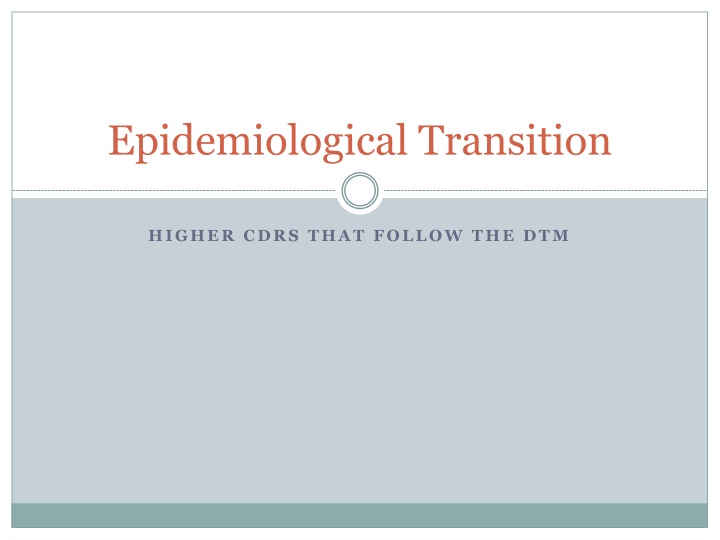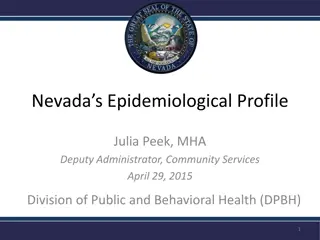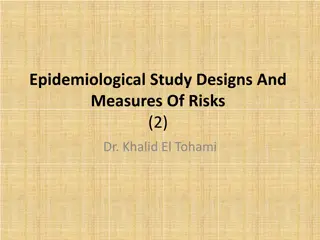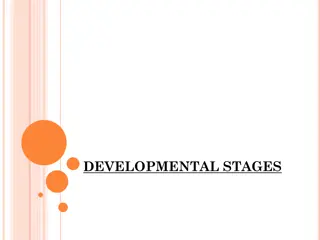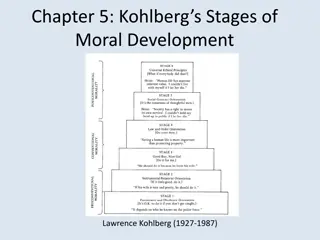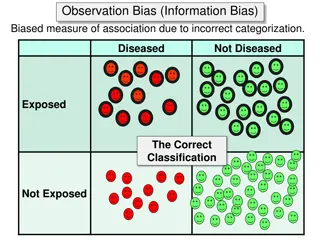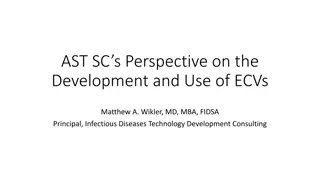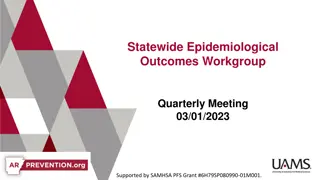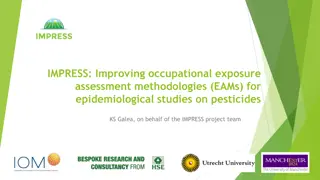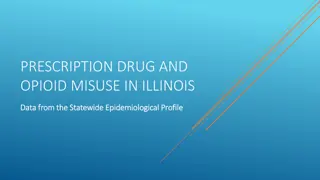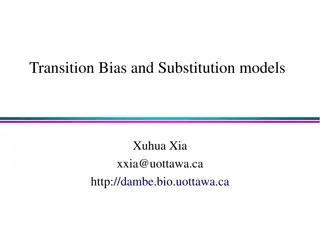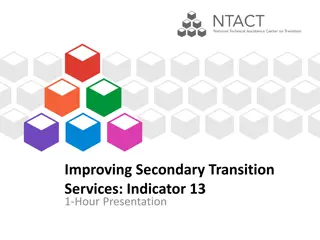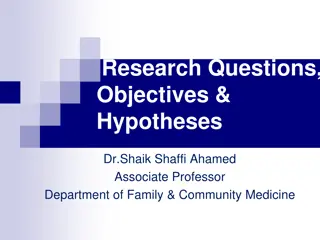The Epidemiological Transition Stages
The Epidemiological Transition model explains shifts in causes of death at different stages of demographic transition. From pestilence and famine to delayed degenerative diseases, each stage highlights key factors influencing mortality patterns. By recognizing these transitions, healthcare professionals can tailor interventions to address prevalent health challenges effectively.
Download Presentation

Please find below an Image/Link to download the presentation.
The content on the website is provided AS IS for your information and personal use only. It may not be sold, licensed, or shared on other websites without obtaining consent from the author.If you encounter any issues during the download, it is possible that the publisher has removed the file from their server.
You are allowed to download the files provided on this website for personal or commercial use, subject to the condition that they are used lawfully. All files are the property of their respective owners.
The content on the website is provided AS IS for your information and personal use only. It may not be sold, licensed, or shared on other websites without obtaining consent from the author.
E N D
Presentation Transcript
Epidemiological Transition HIGHER CDRS THAT FOLLOW THE DTM
Objectives Today we will be able to identify those factors that have lead to higher CDRs in the world at different stages of the DTM.
The Epidemiological Transition Identifying the distinct causes of death in each stage of the demographic transition and how that relates to epidemiology Epidemiology - The branch of medical science concerned with the incidence, distribution and control of diseases. Epidemiologists rely on geographic concepts to control and prevent epidemics Scale and connection
Stage 1: Stage of Pestilence and Famine Historically, infectious and parasitic diseases caused human deaths Malthus Natural Checks Irish Potato Famine The Black Death
Stage 2: Stage of Receding Pandemics Pandemic a disease that occurs over a wide geographic area and affects a very high proportion of the population. The industrial and medical revolutions helped reduce the spread of infectious diseases. Death rates did not decline immediately Urban poor still impacted LDCs entering stage 2 of DTM
Stage 3: The Stage of Degenerative and Human Created Diseases A decrease in deaths from infectious diseases and an increase in chronic disorders associated with aging. Increase in cardiovascular diseases, cancer, etc Decrease in polio, measles, neonatal tetanus, diphtheria, pertussis
Stage 4: Stage of Delayed Degenerative Diseases Causes of death in stage 3 still occur, but people live longer Life expectancy of older people increases due to medical advances. Healthier lifestyles
Possible Stage 5: Stage of Reemergence of Infectious and Parasitic Diseases Infectious diseases thought to have been eradicated reappear or new ones emerge. Evolution Microbes have evolved to resist drugs and insecticides Malaria Poverty Diseases still impact LDCs TB Improved Travel Pandemics possible due to diffusion H1N1, Ebola
